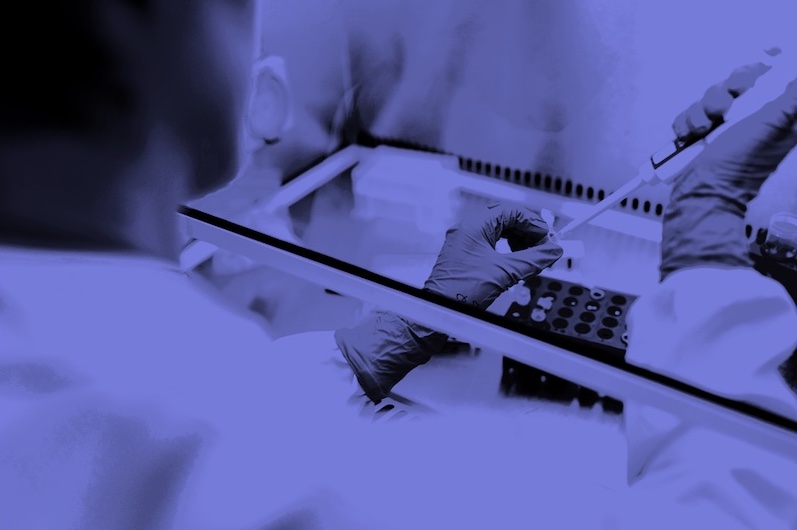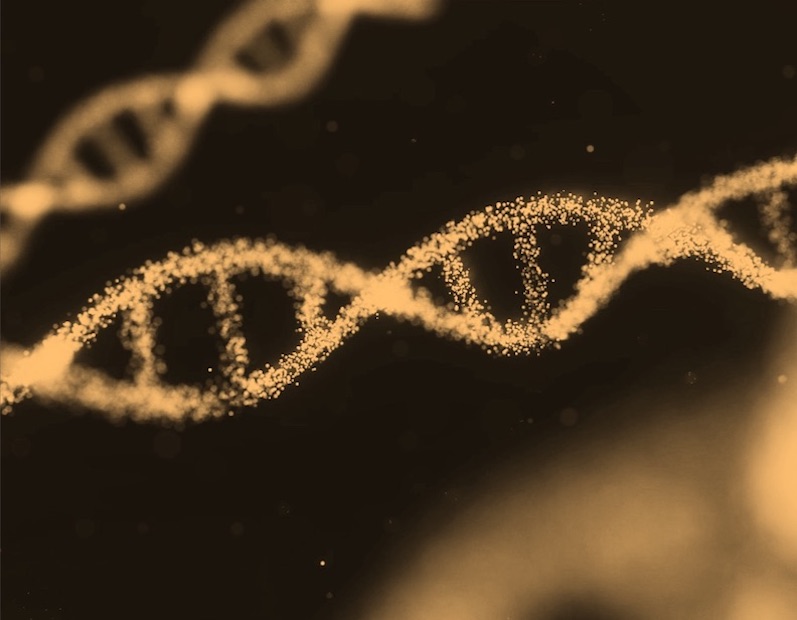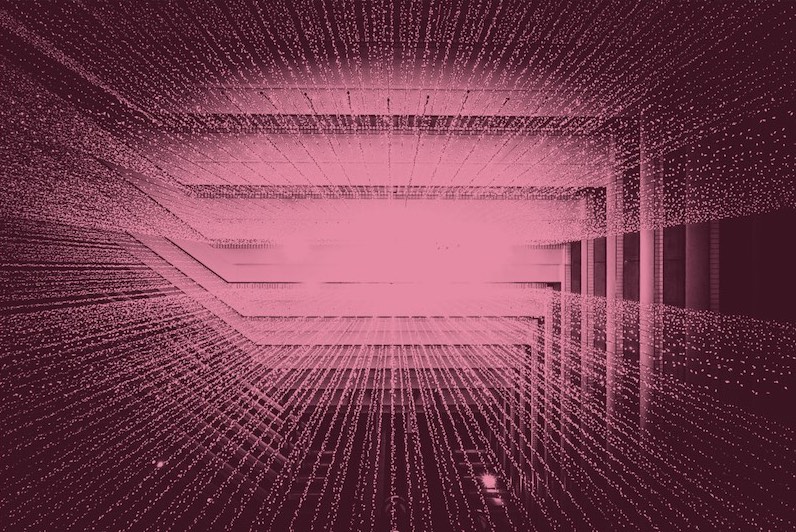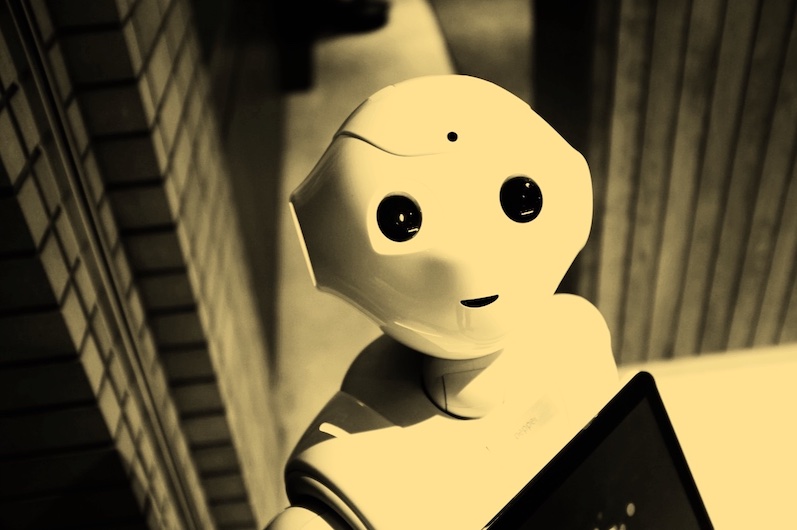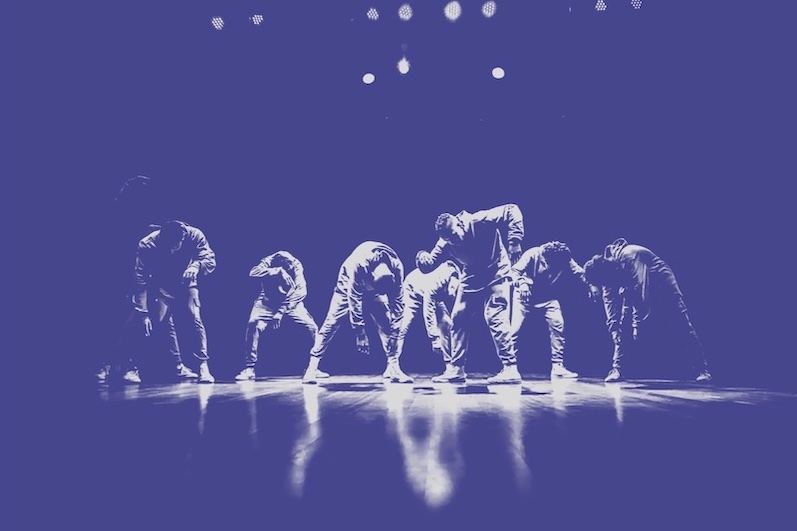What is it about?
AI is marking its entry onto the global scene. Issues of transparency and ethics are crucial not only to be aware of the presence of an AI, but mostly to know how the algorithm is actually working as well as to verify the ‘quality’ of its dataset. Who does what? That is the question. The first part of the essay discusses the claims of “digital philosophy” (or “digital ontology”) under the light of legal analysis. The assumption that humankind and “intelligent” machines share the same digital/algorithmic ontology (as parts of an all-encompassing “digital universe”) could deprive the law of its ethical and emotional foundations. A sound regulation of both the circulation of digital information and AI requires adequate knowledge of technology (transparency) and the capacity to make ethical choices based on wide social consensus, in order to safeguard the fundamentally “human” nature of the law. The second part is an inquiry into AI as a machine-writing system, that is into the capacity of an AI to produce literary texts. What seems to be fundamental is the idea of a literary output stuck on the very moment of its generation (process of writing) which is conceived by the reader as an anaesthetic experience. More than creativity, it is the perception of creativity that rules such literary works.
Featured Image
Why is it important?
Because it investigates a brand new topic from an interdisciplanary perspective, and because it faces the issue of digital ontology.
Perspectives
The legal and literary approach makes the research quite unique.
paola carbone
Università IULM
Read the Original
This page is a summary of: Digital Voodoo: Who Does What?, Pólemos, April 2020, De Gruyter,
DOI: 10.1515/pol-2020-2007.
You can read the full text:
Contributors
The following have contributed to this page
